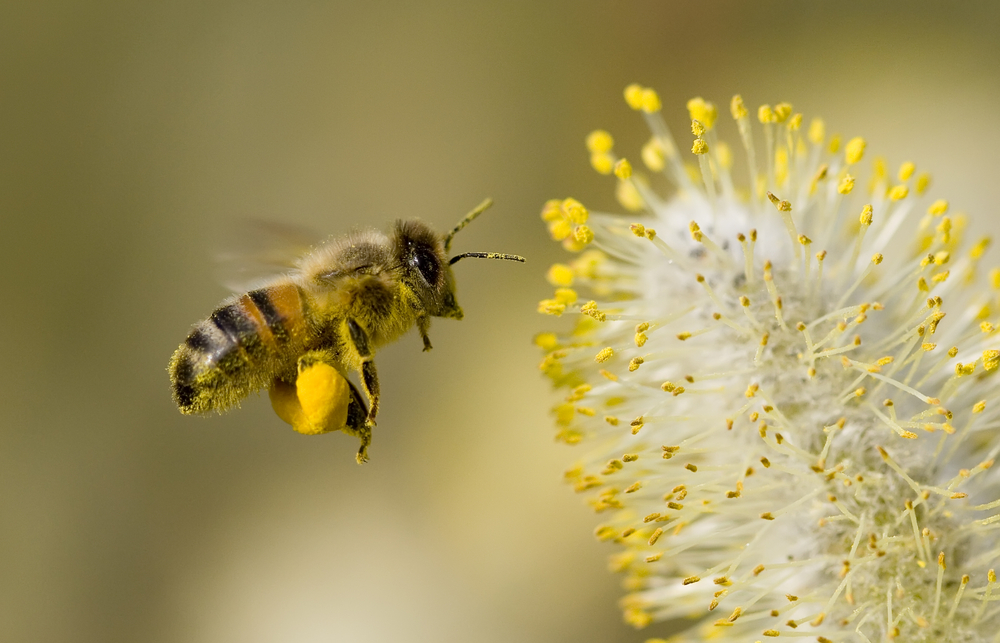

I don’t understand most of what Albert Einstein said, but this particular quote seems pretty clear: “Mankind will not survive the honey bees’ disappearance for more than five years.”
Yikes. That’s quite the literal and metaphorical buzz kill.
It wasn’t so long ago that it seemed you’d see a small cluster of honey bees – specifically, European honey bees, or if you’re the scientific type, Apis Mellifera – frantically examining every flower you came across. But if you want to get an idea of what’s happened to honey bees in recent years, just go out and try to take a picture of one. They’re not so easy to find any more.
Experts at the Center for Research on Globalization reported in 2015 that over the previous five years, nearly one-third of the United States’ bee population vanished. And that’s not good for any of us.
“We need the bees,” says Leigh-Kathryn Bonner, founder of Durham-based Bee Downtown. “They’re dying around the world at alarming rates. Every third bite of food you eat is the result of honey bees’ work. Without them, the world would be in a really bad place.”
NO BEES? NO BURGERS
A really bad place, indeed. And not just because we wouldn’t have honey to make all those breakfast cereals or sweet candies. Bees are one of our planet’s primary pollinators, transferring pollen and seeds from flower to flower, fertilizing plants so they can produce fruits and vegetables. In the US alone, honey bees pollinate about $15 billion worth of crops each year, including all kinds of fruits, vegetables, melons and nuts. Every spring, California’s almond growers truck in half of America’s honey bee population to fertilize more than 80% of the world’s almond supply.
Honey bees even have an impact on meats and dairy products, pollinating crops like alfalfa that feed our nation’s cattle.
Concerns about the future of our food system spurred Bonner to start Bee Downtown, a company that creates and sells rooftop and clear storefront observatory hives in urban locations. Despite what you might assume, bees thrive in cities, with downtown hives serving as feeder populations to rural areas, as newborn queens fly off to start colonies elsewhere.
Continue Reading the Blog HERE